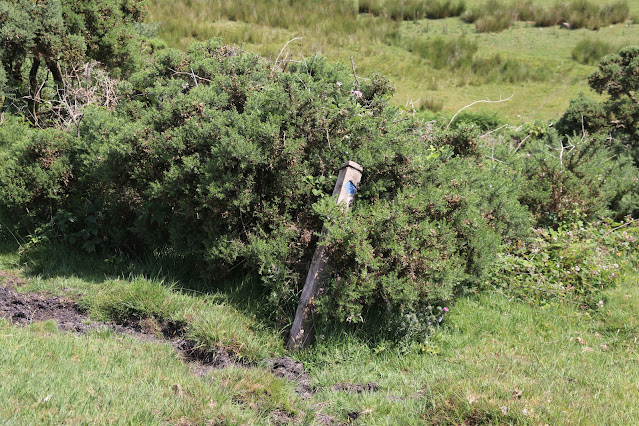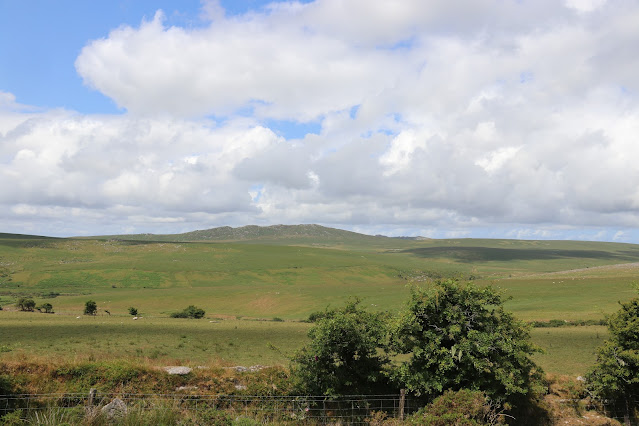I've said it before and I'll say it again: there’s something deeply wrong with the right wing British nationalist media and it represents a serious threat to the future of democracy in the UK.
Last week we had the wall to wall obsession with a highly paid BBC presenter who had allegedly paid a young person under 18, but over the age of consent, for explicit photos, and blanket coverage of multi-millionaires batting balls about a tennis court. And let's not forget the global heatwave, well, global if you exclude the UK. By Thursday we learned that the unnamed presenter in question was Huw Edwards and that the police had determined that no criminal offence had taken place. The media narrative swiftly pivoted from pearl-clutching faux moral outrage to “poor Huw and his struggle with mental health issues”. What outright hypocrisy.
This story was first reported in deeply moralistic tones by the Sun newspaper. That would be the same Sun newspaper which carried photos of half-naked 16-year-old 'Page 3 girls' from 1970 until 2003. I'm sure that this now means that possession of certain old issues of the Sun a criminal offence. Possessing these old copies of the Sun is literally a crime of indecency. But now the Sun poses as the great champion of moral standards. Excuse me while I throw up.
While the Huw Edwards moral panic was going on, the Conservatives were continuing to trash standards of honesty and decency in public life and all without the media appearing to notice or care. Rishi Sunak – Mr Integrity, Accountability, and Professionalism- managed to take time out of his busy schedule of ignoring the contemptuous antics of his former boss and predecessor to condemn the BBC for its handling of the Huw Edwards affair. Despite being unable so far to utter a single syllable about Boris Johnson being found to have lied to Parliament or about the seven Conservative MPs and peers who had colluded with him in a campaign of intimidation against members of the Commons Privileges Committee who were investigating his many and repeated lies.
Johnson has continued to lie and to treat democratic accountability with contempt, aided and abetted by a right wing media that continues to indulge and enable him. Distracted by Huw Edwards and middle class ball batting, the media scarcely noticed that Johnson missed the deadline for handing over his old mobile phone and WhatsApp messages to the Covid Inquiry. Johnson and the Conservative Government claim that they cannot hand over the data because Johnson has forgotten the password. Allegedly, the combined forces of the British Government are unable to access the data. We are now deep into “the dog ate my homework” territory when it comes to Johnson’s excuses. Mind you it’s not totally implausible that Johnson can’t access the data on his old mobile phone. It’s possible that he was using face recognition and now he can’t remember which of his two faces he originally used.
Meanwhile the right wing press continues to ignore Conservative wrong doing and to shamelessly mislead the public about Brexit. According to the Express on Sunday, the UK’s new planned trade deal with a group of South East Asian and Pacific countries is a Brexit boost worth £12 trillion to the British economy. Yippee, that is good news. However, according to the Conservative Government’s own modelling, over the long term this trade deal could increase UK GDP by just £1.8 billion. That’s 0.015% of the figure in the Express headline, which must surely take the record for the biggest Brexit lie told by the British media since the last one. One Asian financial analyst told Sky News the impact was a “cosmetic” post-Brexit announcement. And absolutely nothing to do with the by-elections this week.
A study by Bloomberg Economics published in January found that Brexit is costing the UK economy £100 billion a year, with the effects spanning everything from business investment to the ability of companies to hire workers. This new trade deal will not make a dent in that figure. The £12 trillion figure is in fact the combined GDPs of all the countries in the trade bloc under question. Joining that bloc certainly does not mean that those countries are going to devote their entire economies to the UK. Or am I underestimating the persuasive powers of our PM? The combined GDP of the EU is over £16 trillion but the UK walked away from that while the Express cheered, waved union flags and went on about migrants and Meghan and Harry.
The exact same lies, misrepresentation and distraction characterise the British media’s reporting of so many other issues. And this is only going to intensify in the months and weeks before the next General Election. A free press holding power to account, my arse!



























































